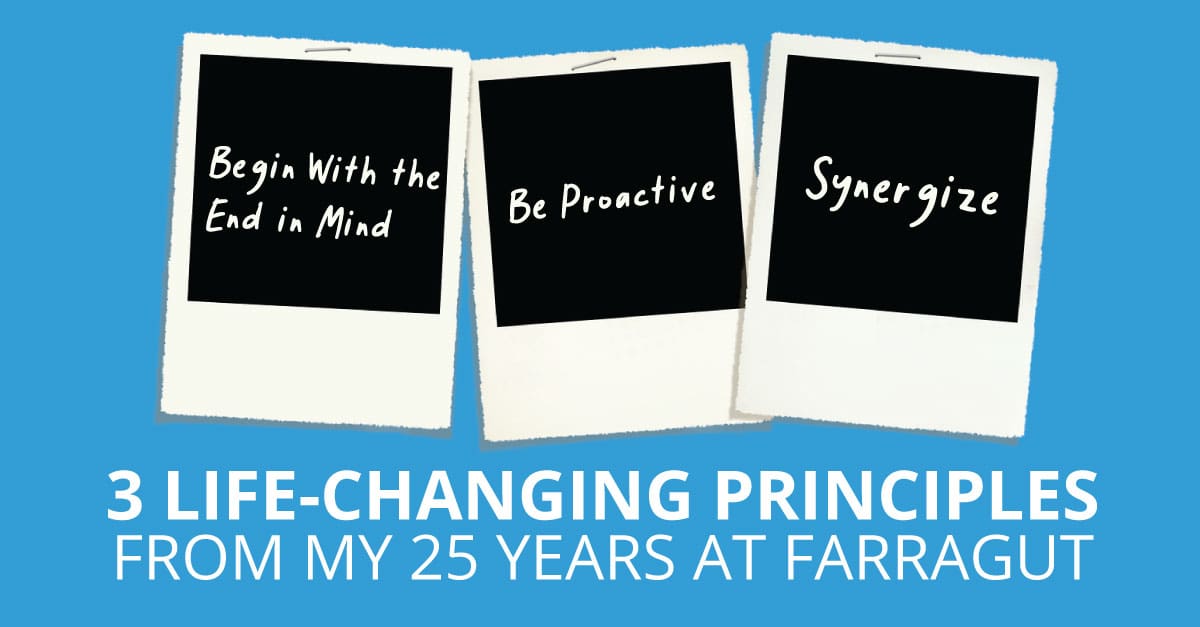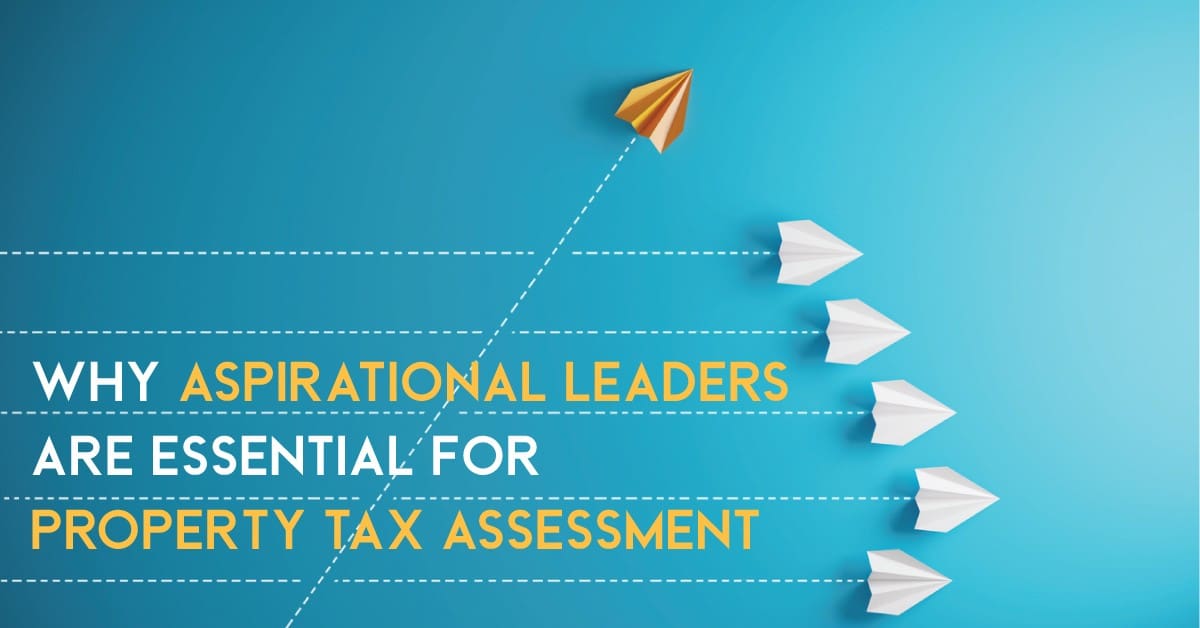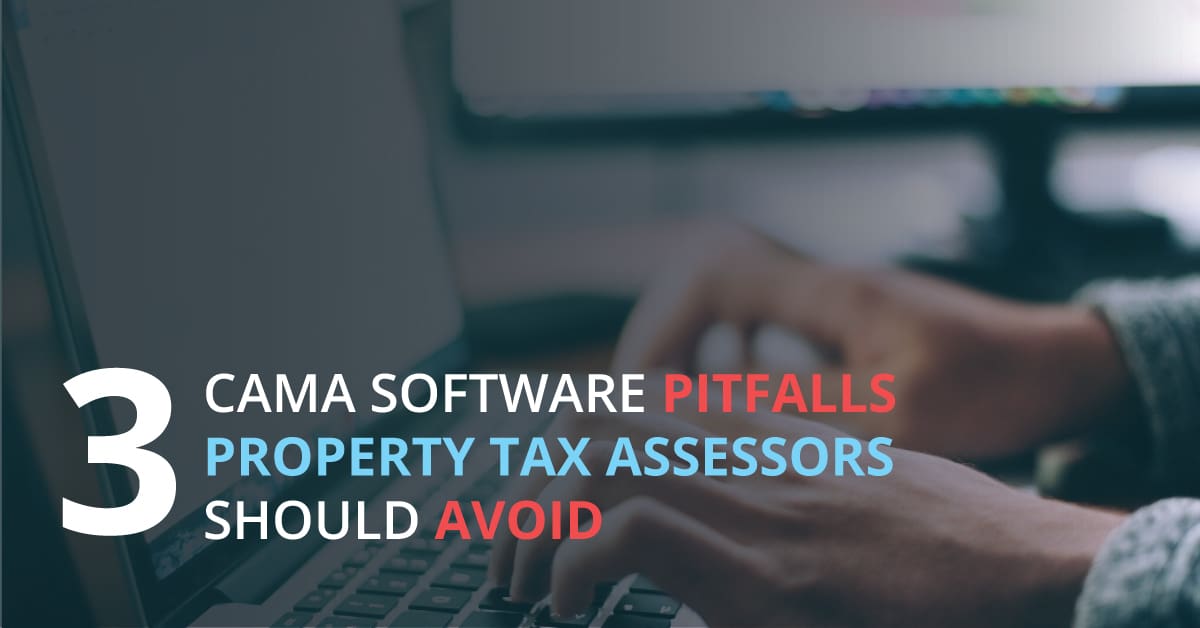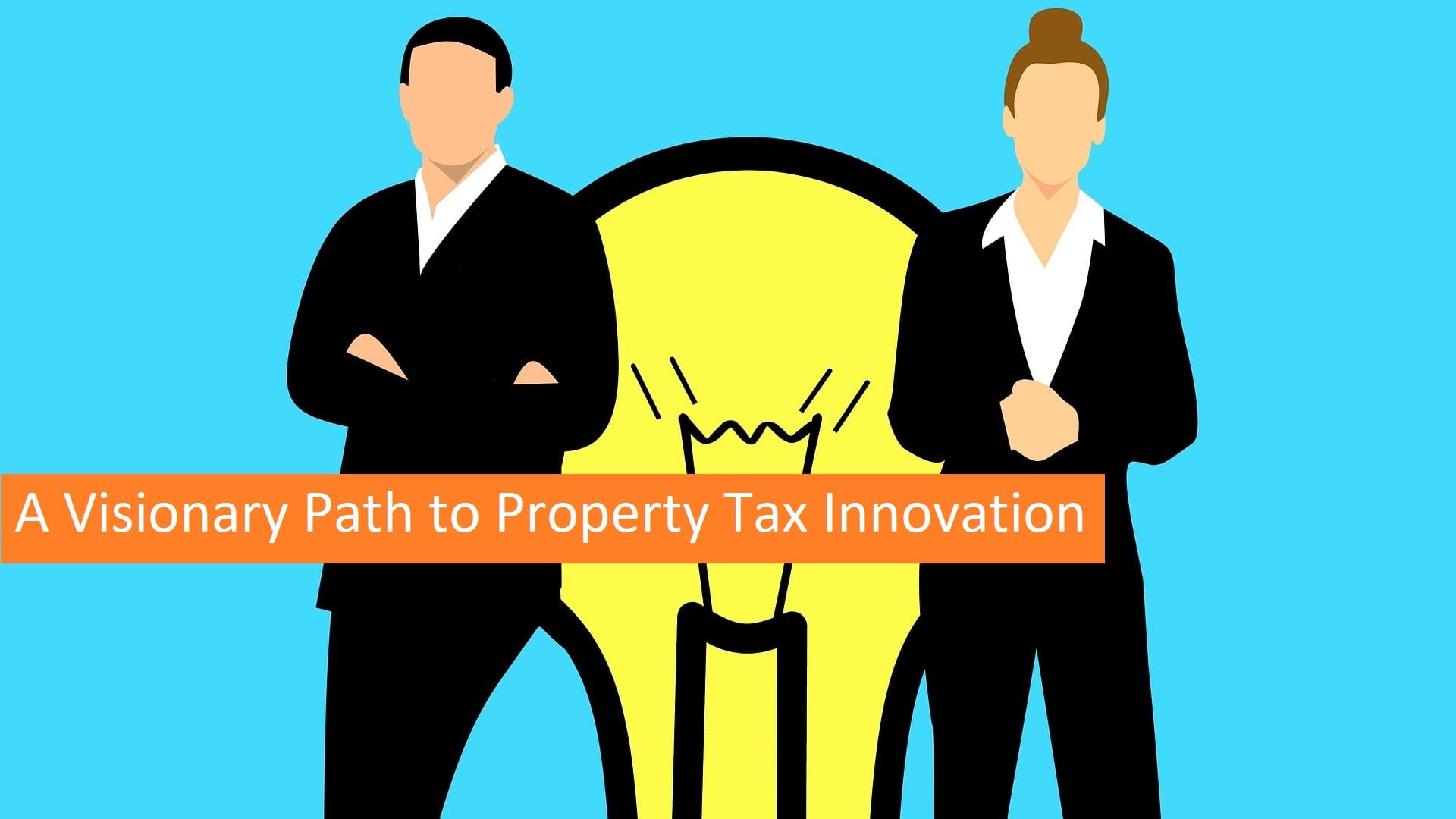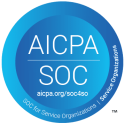Blog
Author: Jeff McDonald

The question almost always comes, no matter who I’m talking with, where they’re from, or the status of their current CAMA solution. Assessors want to know: How can they be sure they’ll get what they really need from a new CAMA solution? Borne of the frustration of assessors’ past experiences, the question is entirely legitimate — and entirely appropriate in the face of transitioning to any new CAMA solution. But I want to speak most immediately to the answer as it pertains to tailor-fit CAMA solutions.

Nobody should undertake the transition to a new CAMA software solution lightly. It’s usually preferable to work with your CAMA vendor to improve your existing software, to leverage what you’re currently using, than to opt for what can be a challenging transition to new software. That is, if you can.
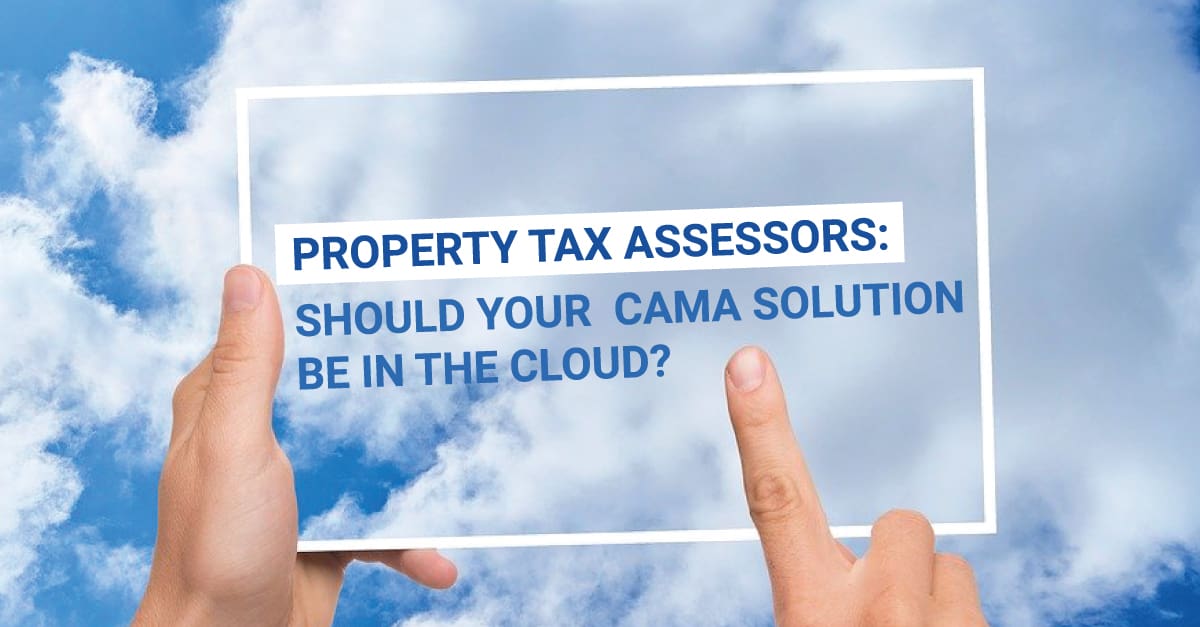
Whether it’s cloud computing, hosted solutions, or software as a service (SaaS), running your CAMA software and having your information and data “in the cloud” is becoming increasingly popular with property tax assessors. Why? Because the cloud offers some key advantages over traditional on-premise computer systems, particularly in relation to security, reliability, and cost.
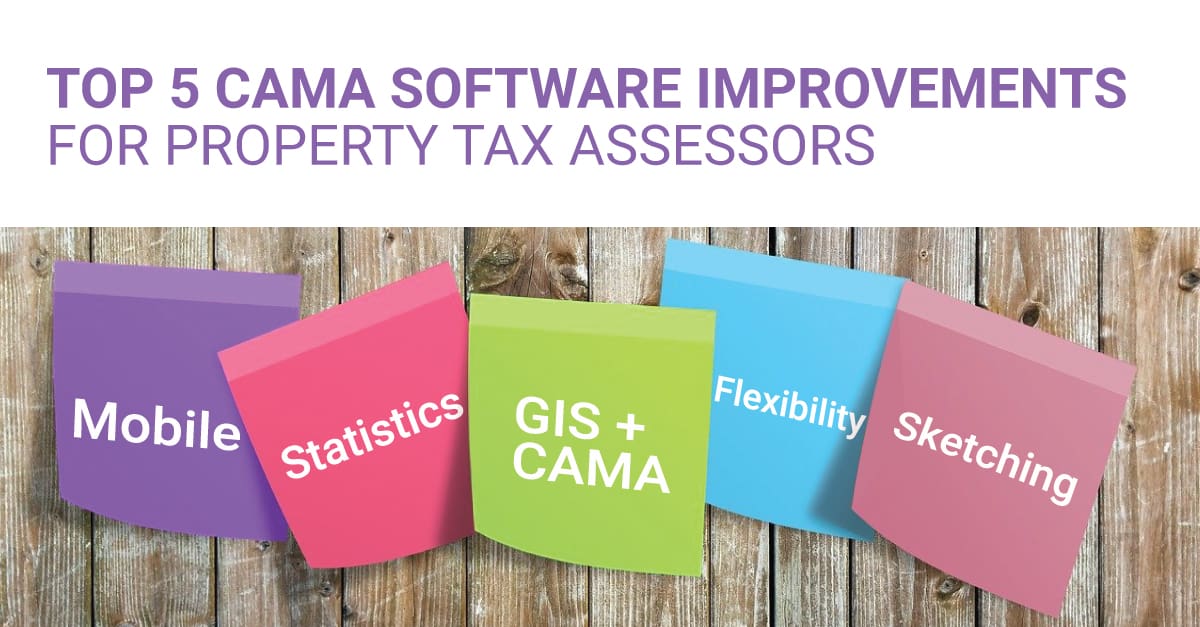
We hear it over and over from assessors, in professional forums, casual conversations, and with survey responses: There are specific CAMA software improvements that could significantly improve efficiency, effectiveness, and productivity. That could, simply put, help assessors and their organizations do their jobs better.

